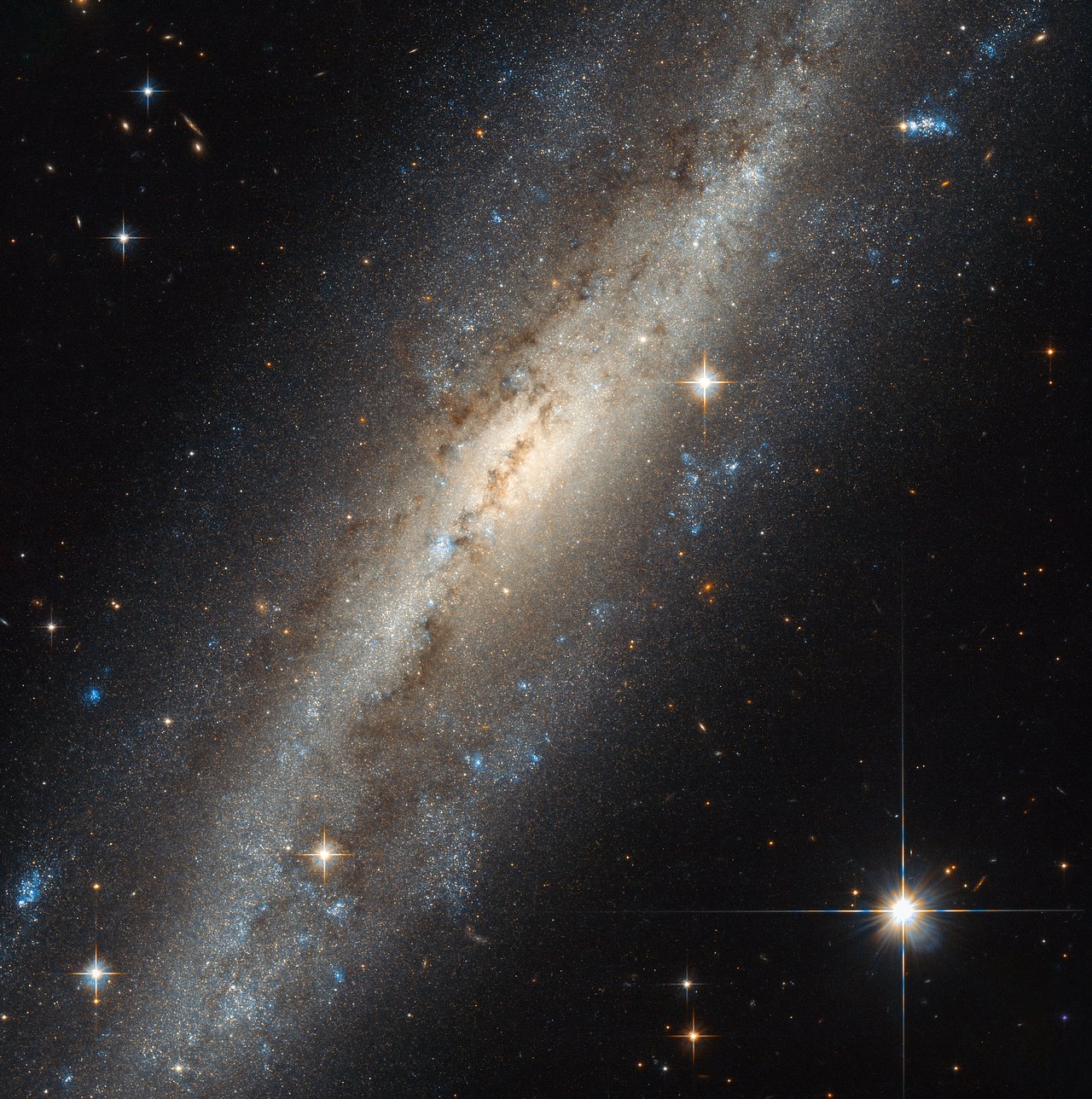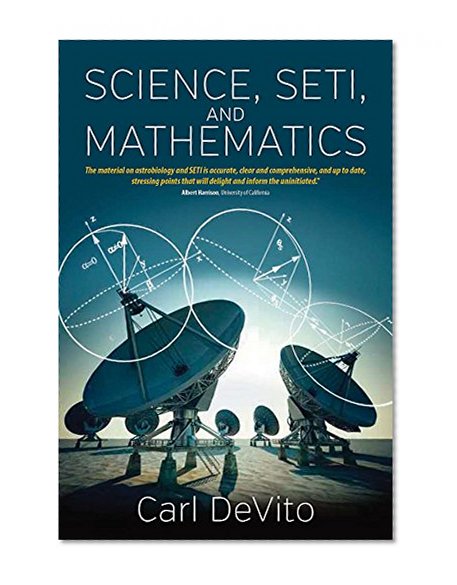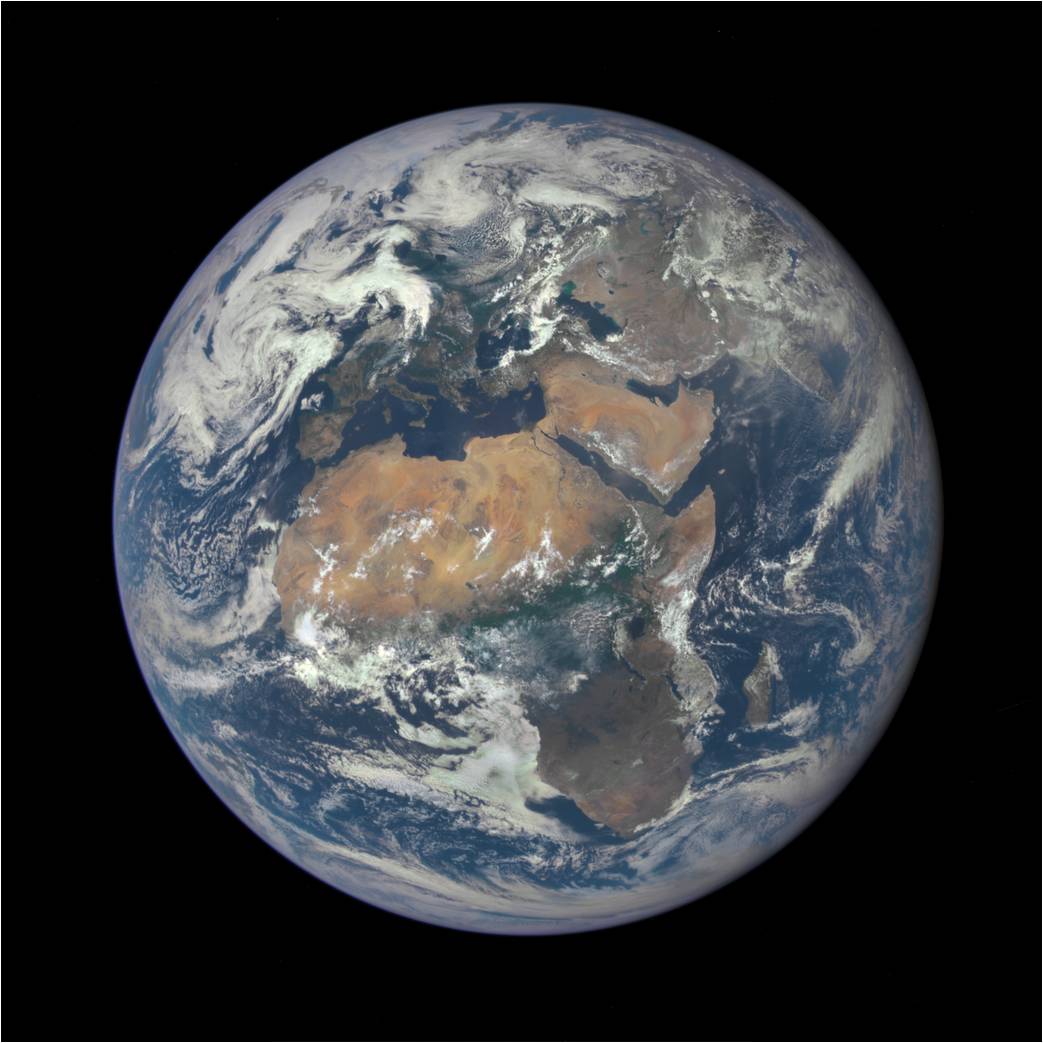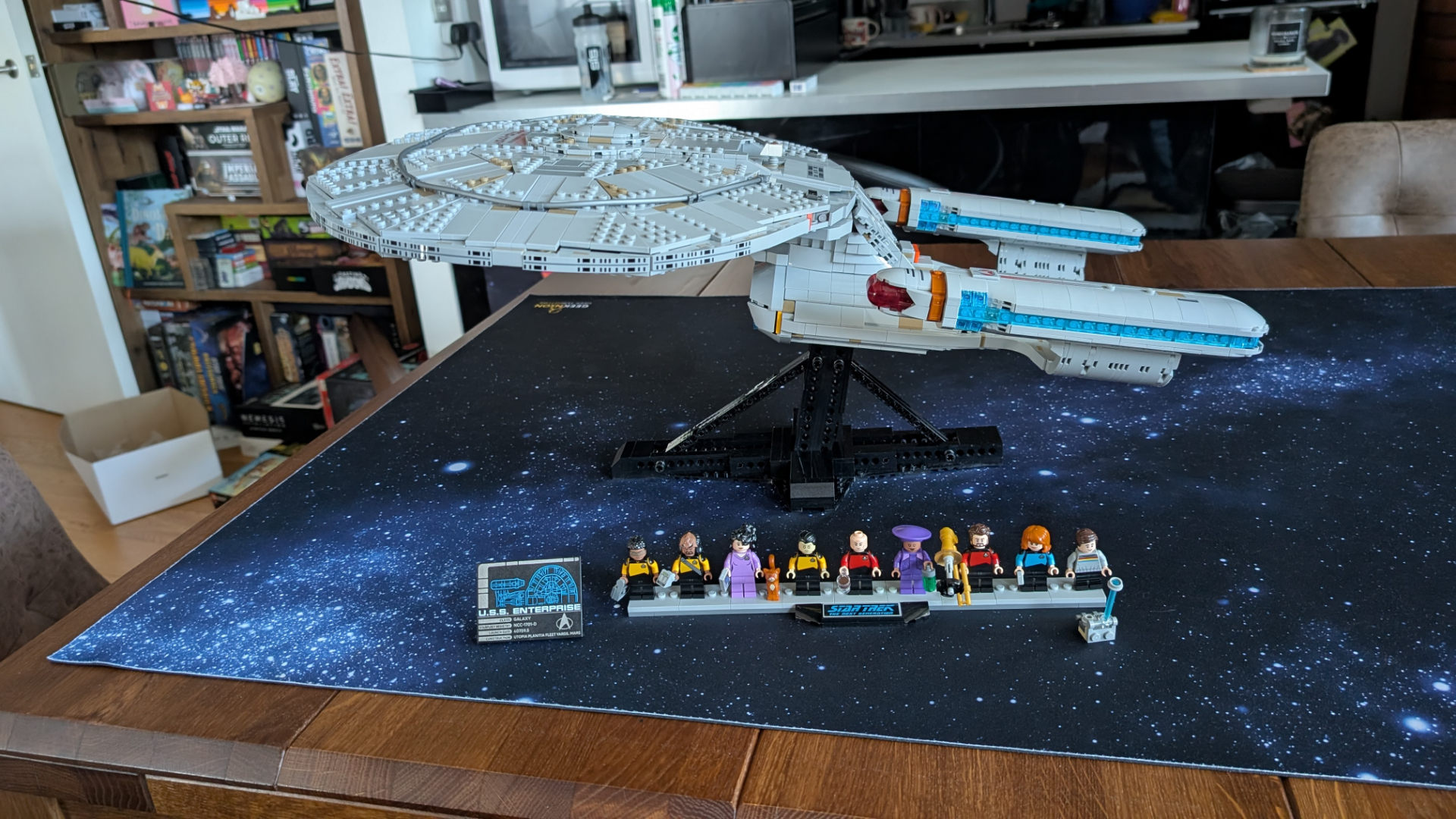Talking to E.T.? Why Math May Be the Best Language


Communication between Earthlings and intelligent aliens should be based on mathematics — exo-arithmetic greetings that form a shared lingo, some researchers say.
The idea is that mathematics is as much a part of our humanity as music and art. And it is mathematics that might be understandable — even familiar — to extraterrestrial civilizations, allowing us to strike up star-speak repartee.
Carl DeVito, an emeritus faculty in the mathematics department at the University of Arizona in Tucson, has proposed a language based on plausibly universal scientific concepts. He recently detailed his work at the Astrobiology Science Conference 2017, held from April 24 to April 28 in Mesa, Arizona. [13 Ways to Hunt Intelligent Alien Life]
Complex problem
Designing a signal that attracts attention and, on examination, is "clearly" the work of intelligence, is a complex problem, DeVito told Space.com. To explore the possibilities, he authored "Science, SETI, and Mathematics" (Berghahn Books, 2014).
DeVito spotlights the famous German mathematician Karl Gauss, who suggested in 1820 the planting of large swaths of Siberian forest in a graphical demonstration of the Pythagorean Theorem.
Some 20 years later, Austrian astronomer Joseph von Littrow was keen on touching off kerosene-filled trenches in the Sahara Desert that took on the form of various geometric shapes.
Both scientists thought that such large displays on Earth would surely grab the attention of faraway intelligent life. Doing so, they reasoned, would be communicating our planet's intellectual prowess. (Neither idea was carried out.)
Breaking space news, the latest updates on rocket launches, skywatching events and more!
Mutual interest
"The concept of first attracting attention and then displaying meaning is, perhaps, the best way to solve the problem," DeVito said. "Maybe extraterrestrial intelligence will have similar ideas and thereby make themselves known to us."
DeVito suggests that, for two societies to be able to exchange precise, scientific information of mutual interest, they must first learn each other's units of measurement.
Together with linguist R. T. Oehrle, DeVito has developed a language for exactly that purpose, potentially enabling civilizations from different star systems to report to each other the masses of their planets, the chemical composition of their atmospheres or the energy output of their stars.
"It is, of course, based on some assumptions," DeVito said. These assumptions include:
- Both societies can count and do arithmetic.
- Both societies recognize the chemical elements and the periodic table.
- Both have made a quantitative study of the states of matter.
- Both know enough chemistry to carry out chemical calculations.
Regarding these suppositions — all known to humans by the 19th century — DeVito said we can communicate the gram, the calorie, the degree (Kelvin) and our units of pressure.
Potential difficulties
Still, there are several potential difficulties that must be recognized.
For one, an alien race might start with a different geometry and derive its laws of motion in that geometry, DeVito said. Therefore, the results might be very different from the formulation of the laws that are familiar to us, he said.
"The mathematics of motion is differential calculus. Can we assume that an alien race shares this with us? Differential and integral calculus are so fundamental in so many areas of science that it is hard to imagine a science without them," DeVito said. "But this is, perhaps, a human bias."
DeVito said he wonders whether an alien society would have the equivalent of Euclidean geometry.
"We, of course, can't know, but we must be aware that the physics of an alien race, even in a fundamental area like mechanics, might differ in subtle but important ways from our own," he said.
Similarly, would an alien civilization, in its scientific development, come to model its solar system as humanity has, in the Copernican system?
Best face forward
Given that aliens understand physical reality, DeVito said we can begin constructing a language and communicate with E.T. whatever amount of mathematics is thought necessary.
"The problem — and it is a difficult one — is how to go from a discussion of mathematics to a discussion of other aspects of human civilization." It's very important, he said, that the cross-cultural researcher must play a key role in the search for extraterrestrial intelligence.
DeVito acknowledges that we Earthlings certainly want to present ourselves as a highly intelligent race. In putting our best face forward, we want to be seen as a life-form that has achieved much and learned much, he said, "but is wise enough to realize that it has much more to learn."
Leonard David is author of "Mars: Our Future on the Red Planet," published by National Geographic. The book is a companion to the National Geographic Channel series "Mars." A longtime writer for Space.com, David has been reporting on the space industry for more than five decades. Google+. Follow us @Spacedotcom, Facebook or Google+. This version of this story was posted on Space.com.

Leonard David is an award-winning space journalist who has been reporting on space activities for more than 50 years. Currently writing as Space.com's Space Insider Columnist among his other projects, Leonard has authored numerous books on space exploration, Mars missions and more, with his latest being "Moon Rush: The New Space Race" published in 2019 by National Geographic. He also wrote "Mars: Our Future on the Red Planet" released in 2016 by National Geographic. Leonard has served as a correspondent for SpaceNews, Scientific American and Aerospace America for the AIAA. He has received many awards, including the first Ordway Award for Sustained Excellence in Spaceflight History in 2015 at the AAS Wernher von Braun Memorial Symposium. You can find out Leonard's latest project at his website and on Twitter.


